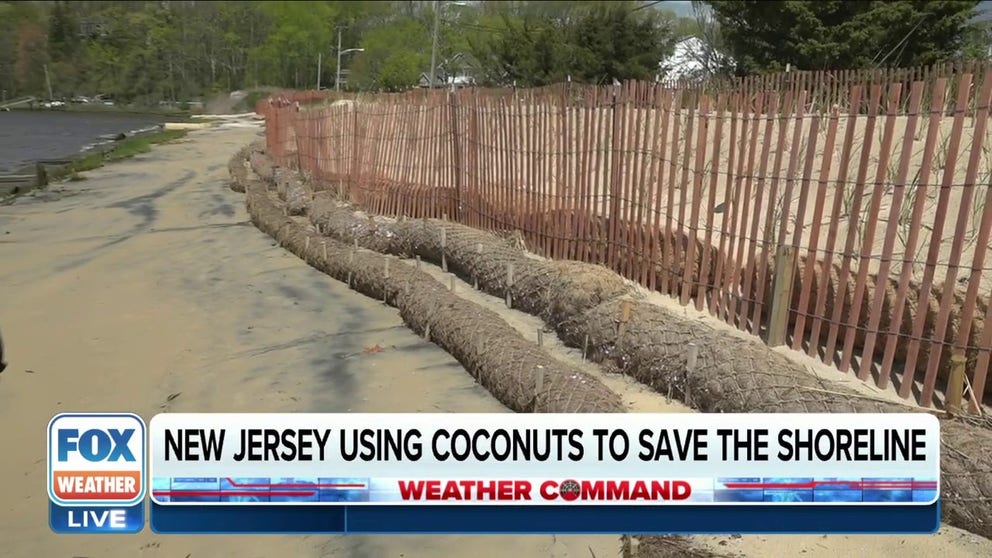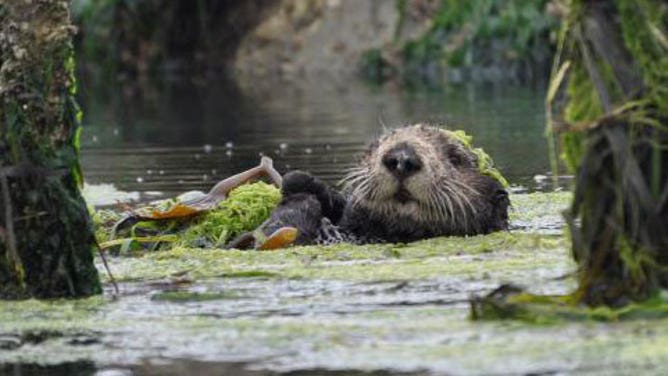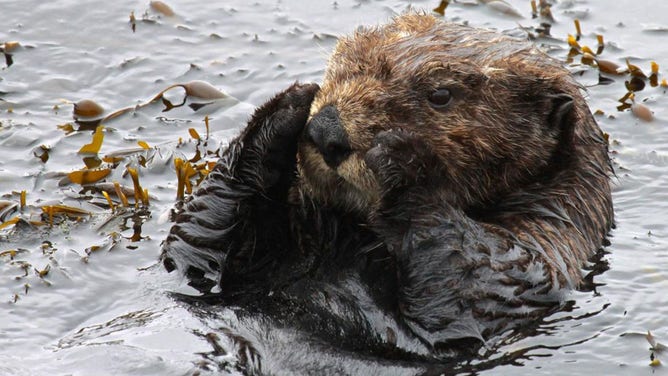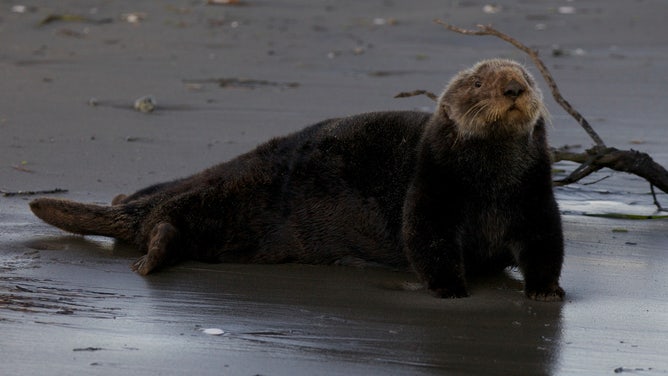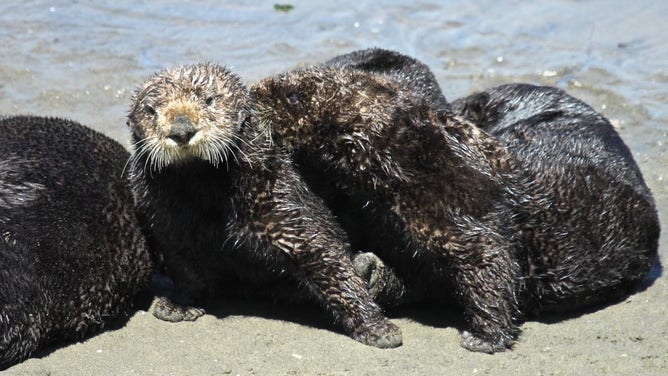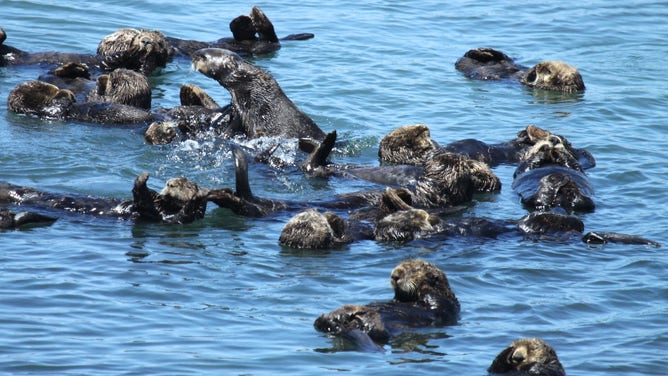Hungry sea otters in California help prevent wetland erosion, study finds
Elkhorn Slough has the greatest number of threatened southern sea otters on the planet, according to the California Department of Fish and Wildlife.
FILE: New Jersey using coconut-packed logs to help save the shoreline from erosion
Scientists are using a new secret weapon to fight erosion from climate change and save the coastline: coconuts. FOX Weather's Katie Byrne talked with The Littoral Society about how scientists are using coconut-packed logs to help grass flourish, attract fish and birds, remove carbon dioxide from the air and protect marshes that absorb flood waters and wave energy from coastal waters during damaging storms.
MONTEREY, Calif. – The voracious appetites of sea otters in the Elkhorn Slough has helped lower the amount of erosion in the estuary, according to a study published Wednesday.
Located about 100 miles south of San Francisco, the Elkhorn Slough is a seven-mile, coastal wetland that is connected to Monterey Bay, the California Department of Fish and Wildlife said.
Like many coastal ecosystems, the Elkhorn Slough has had to combat a number of physical stresses, such as erosion caused by rising seas. Additionally, researchers in the study said the Elkhorn Slough is also combating stress caused by some of its own wildlife – burrowing crabs.
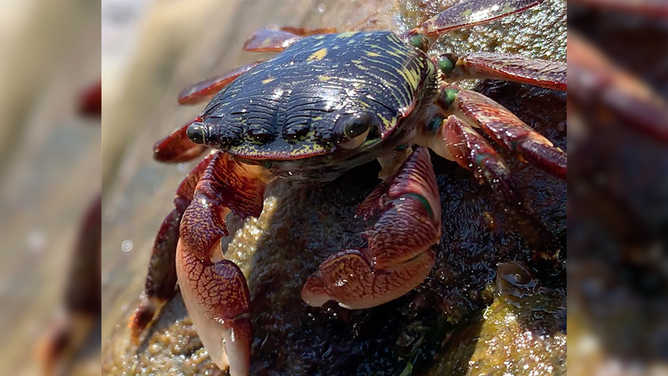
The striped shore crab, which is abundant in Elkhorn Slough. The crab are also found all along the West Coast of North America.
(California Department of Fish and Wildlife / FOX Weather)
"Their burrowing weakens the creekbank edges, so that whole chunks of marsh will sometimes calve off, and by lowering biomass they are reducing the ability of marsh plants to prevent erosion," said Kathryn Beheshti, assistant researcher at UC Santa Barbara’s Marine Science Institute who was the second author of the new study.
RARE GIANT OTTER TRIPLETS JOIN OTHERS AT UK WILDLIFE PARK IN GLOBAL RECORD
In an earlier study about the impact of crabs along tidal creek edges, Behesti and her team found that the abundance of these crabs made the Elkhorn Slough more vulnerable to erosion.
However, the study published on Wednesday showed that the abundance of burrowing crabs in the wetland has been curbed by the recolonization of sea otters, a natural predator of the crabs.
Researchers conducted experiments in five marsh creeks and showed that with greater sea otter numbers came crab populations that were kept in check, a stronger integrity of the marshland and reduced marsh erosion.
Elkhorn Slough has the greatest number of threatened southern sea otters on the planet, according to the California Department of Fish and Wildlife. It was also the first estuary to be recolonized by the otters.
